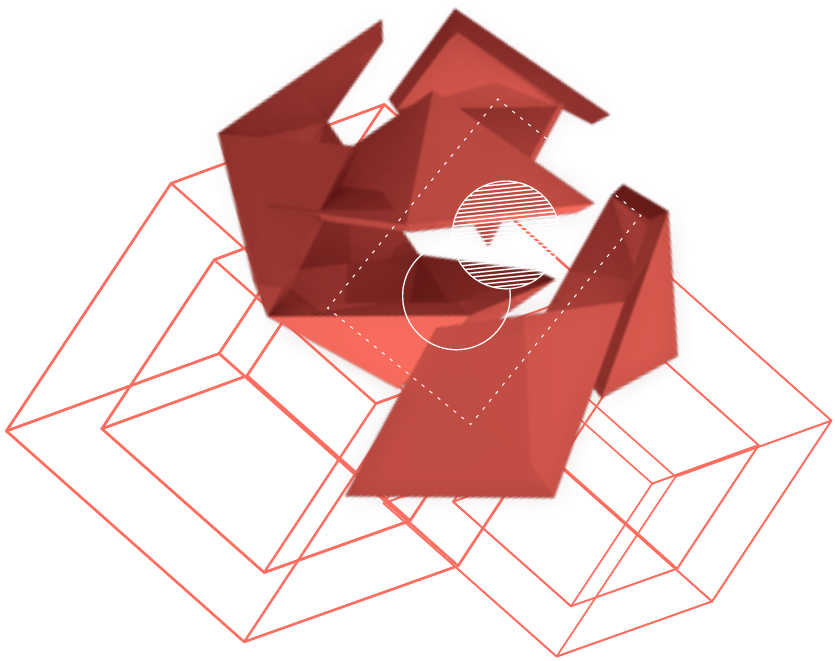Progressive Revelation is Serving Information Just in Time
Progressive revelation is a term that I came up with for progressively revealing services and brand. It’s a way of thinking about how and when information should appear. Guiding users toward the next action, instead of overwhelming them with everything at once.
In today’s fractured internet, progressive revelation is critical for both user experience and SEO performance. It shapes how brands reveal themselves, how products educate buyers, and how websites deliver real value – not all at once, but at the right time.

The Problem with "All at Once" Content is..
Most websites, products, and marketing funnels try to do too much too soon. They dump everything they know onto the user:
In theory, it sounds complete. In practice, it kills attention, paralyzes decision-making, and increases bounce rates.
Every service
Every feature
Every reason why they're "the best"
Users don’t want everything immediately. They want the right thing right now – and a clear path to what’s next. They’re focused on one thing, so let’s give them that thing.
Progressive Revelation in UX and SEO
At its core, progressive revelation means:
- Showing only what’s necessary at a given moment
- Revealing deeper layers only as user intent deepens
- Prioritizing clarity and action over completeness
In UX, this shows up in:
- Pagination vs infinite scroll
- Accordions and collapsible menus
- Guided onboarding in apps and products
Step-by-step flows rather than long static pages
How it shows up in SEO:
- Siloed content architecture
- Internal linking structures that “ladder” up and down
- Strategically placed CTAs at moments of clarity, not just at the top and bottom
Using multiple entry points (landing pages, programmatic pages) that progressively connect into broader ecosystems
Progressive revelation is about sequencing content intentionally.
The way people search has changed.
Search isn’t a one query, one answer interaction anymore. It’s fragmented across moments, channels, devices, and states of mind. People need quick, contextual wins that build confidence and trust before they make bigger commitments with you.
If you expect users to commit to everything right away your bounce rate will spike and your relevance will drop.
SEO success today isn’t just about showing up in search. It’s about continuing the conversation after the click; revealing just enough, just in time, to earn the next click, the next scroll, the next step.
Progressive Revelation and Brand Building
Brands and services that reveal themselves progressively perform better because they build stronger long-term trust. And it aligns with how humans build relationships:
- A little trust, followed by a little more
- A small commitment, followed by a bigger one
- A surface understanding, followed by deeper affinity
Progressive revelation mirrors how credibility compounds. Whether through UX, SEO, or services marketing, brands that think this way earn attention and patience.
How to Build for Progressive Revelation
Map the Journey, Not Just the Page
Understand the sequence of questions your audience will naturally have. And design your content to answer them step-by-step, not all at once.
Use Content Layers
○ Category - subcategory - landing page architecture
○ More specific service/product pages
○ Conversion-focused pages revealed only when appropriate
Design for Action at Every Step
Each layer should serve a clear action - not always "buy now," but "learn more," "compare options," "get a demo," "view use cases," etc. The goal is motion. Keep them moving
Align CTAs with Readiness.
Serve calls to action when they make sense based on revealed information - not just because it's "where the CTA usually goes."
Make Return Easy
Assume users will leave and come back. Progressive revelation means making sure that when they return, they can quickly find the next piece of the puzzle.
Think Differently
Traditional SEO and UX treat users like they’re willing to work hard to find value. Progressive revelation respects attention as earned, not given.
It’s about building systems that anticipate intent, sequence discovery, and reward curiosity rather than overwhelming or underestimating your audience.
Progressive revelation isn’t a trick.
It’s a philosophy. And a commitment to delivering real value thoughtfully, at the right pace, and in the right order. When we do this we create demand in the market.
When brands build for progressive revelation they create ecosystems of trust, movement, and momentum. This leads users to deeper engagement, longer loyalty, and stronger brand alignment.
If you’re thinking about SEO, UX, service design, or even brand storytelling then progressive revelation should be your compass.